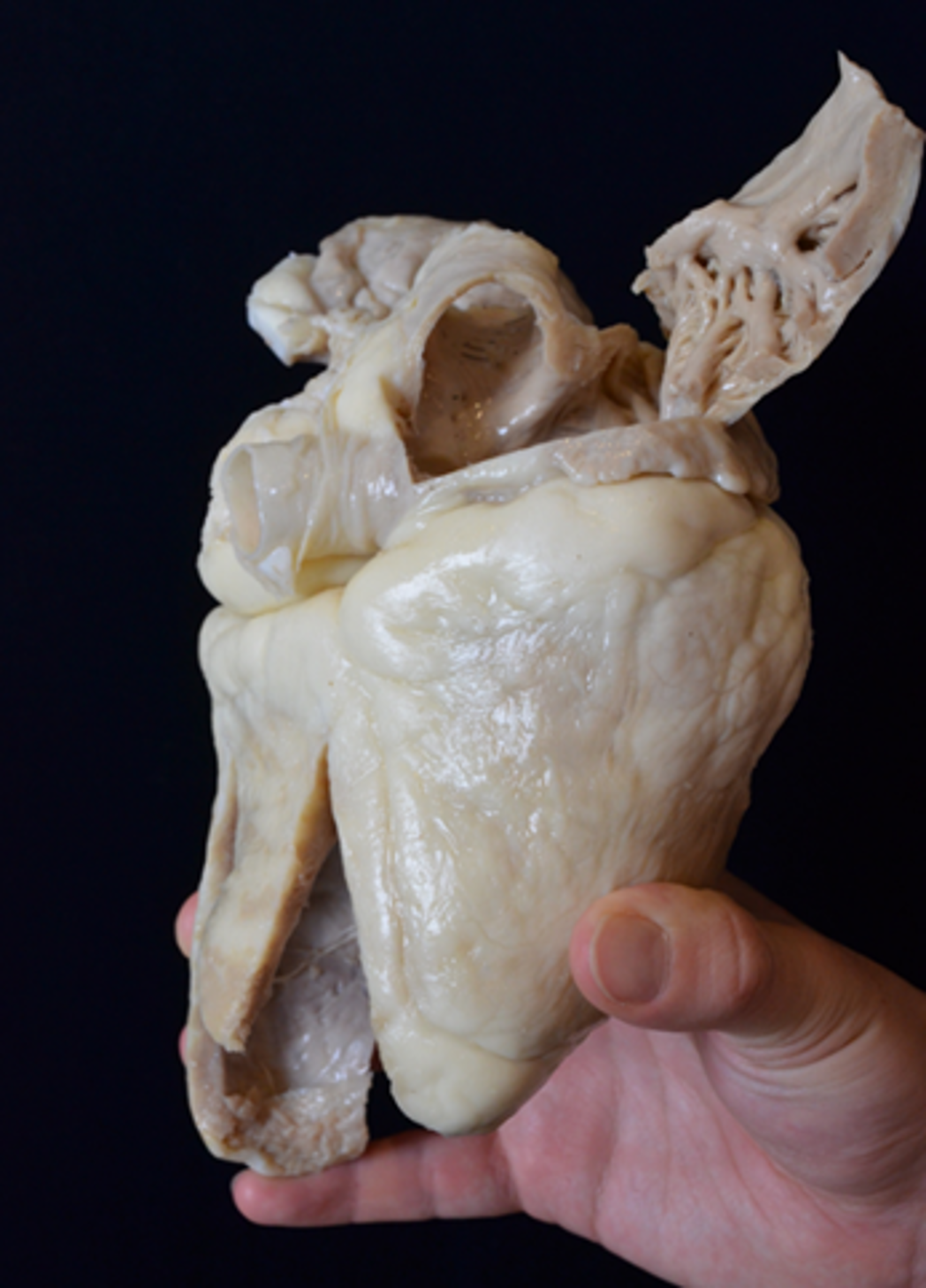Week of 31 August 2021

This is a plastinated ovine heart!
Plastination is a unique technique of tissue preservation developed by Dr. Gunther von Hagens in Heidelberg, Germany in 1978. In this process, water and lipids in biological tissues are replaced by curable polymers (silicone, epoxy, polyester) which are subsequently hardened, resulting in dry, non-toxic, odorless and durable specimens.
Plastinated specimens are perfect tools for medical teaching and anatomy research, especially for cardiology, neuroanatomy and nephro-urology. During the next few weeks, we will show you several plastinated specimens so you can recognize and identify the anatomical structures of the heart. Stay tuned!
This plastinated heart is one example from the comprehensive suite of Surgical Training and Pathology Services offered by IMMR’s in-house team of veterinary cardiac surgical specialists and Board-certified Veterinary Pathologists, in collaboration with the veterinary school of Maisons-Alfort, Paris.
Contact us to learn more and discuss your preclinical research and pathology needs.
Follow us on LinkedIn and don’t miss new images from our library that we post every Tuesday, when you’ll have another chance to recognize, identify or diagnose what is shown. You can also stay updated on some of the latest developments in Preclinical Science. Stay tuned!


